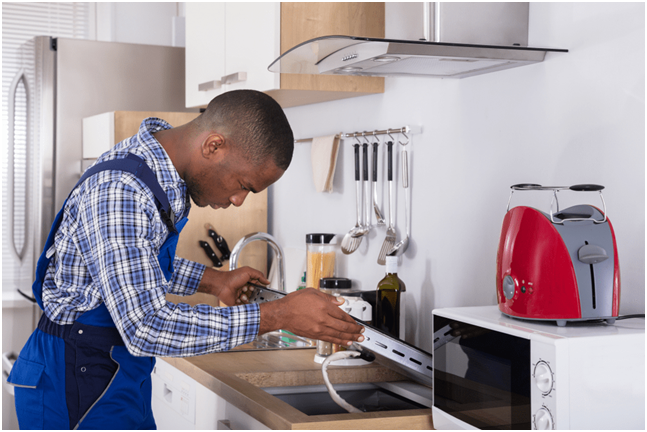
Best Stoves Repairs You Need to Have Now
In the past, stoves were the only way to get warm. Whether traditional, electric, or gas, the stovess come back in strength in a modern society, where we like to combine practical and aesthetic.
However, a stove requires more maintenance compared to a conventional heating system. And although your grandparents were certainly experts at taking care of a stove, it is very likely that they did not pass on this knowledge to you, since the stovess were predestined to disappear.
To repair a stove, it is essential to understand the origin of the difficulties encountered. Take a look at the causes and solutions of your stoves problem. For the Stove & Range Repair Tampa FL service, you will be getting the smartest options now.
How to repair a stove?
A stove that represses is a stove that smokes inside. Thus, the smoke that is released by combustion during the ignition of the wood fire is not rejected outside by the conventional duct but stagnates and causes a release of smoke inside your home.
This problem can be very harmful to the inhabitants since these fumes are toxic. In addition, the backflow dirties the walls and the ceiling and gives off an unpleasant odor.
Backflow is a problem with wood-fired heaters, such as open stoves, cased stovess, and wood stove stoves. It is then essential to understand the origin of the problem before making the necessary repairs. The main causes of smoke repression are often lack of maintenance or poor draft.
Are you planning to renovate your stove?
Fill out the form to get in touch with certified contractors. Proposed solutions:
- Sweep your stoves (yourself using a stoves sweeping kit, or by calling a professional).
- Install a backflow prevention system.
- The problem may also be a bad ignition of the stoves. Thus, the fire should not be lit at once, but gradually. First, light some pieces of paper before introducing the large logs.
- If you find that this problem only occurs during strong winds, then this can be explained by the engulfing of the wind in the stove’s flue. The solution would be to raise the duct or install a backflow preventer.
The draft of the stoves depends on the power and volume of its combustion chamber. It must be stable, so neither too strong nor insufficient to ensure optimum comfort and maximize energy savings.
When the draft of your stoves is insufficient, the risk of backflow will increase, which will cause fouling of the stoves and its conduit. Your stoves will generate heat losses and its use will become polluting.
In addition, it increases maintenance costs and decreases the life of the equipment in the stoves. The proposed solution would be to install a draft regulator, the benefits of which are multiple (optimization of fuel consumption, reduction of polluting emissions, ease of maintenance, etc.).

